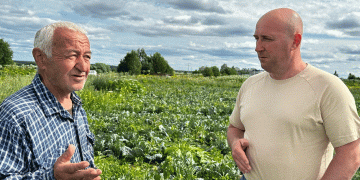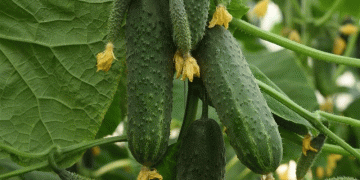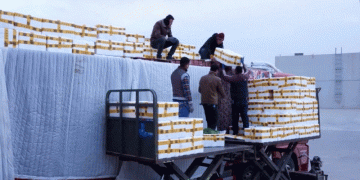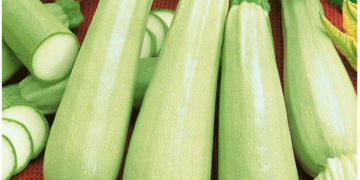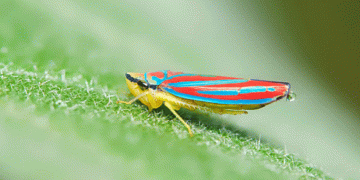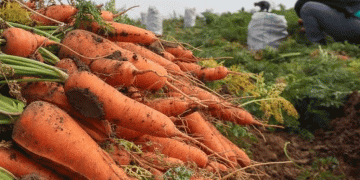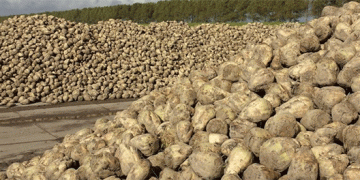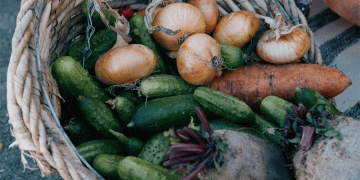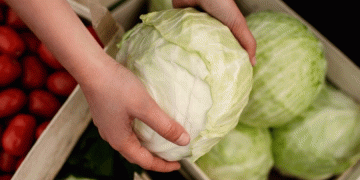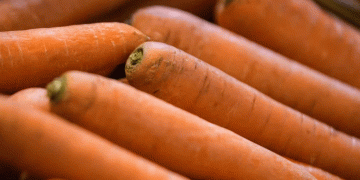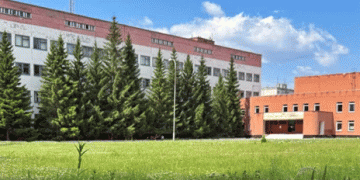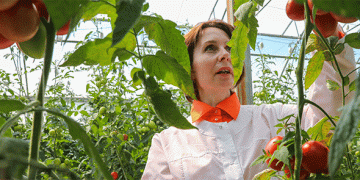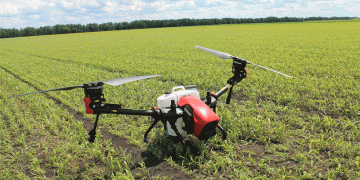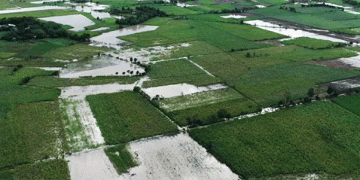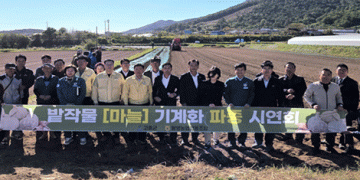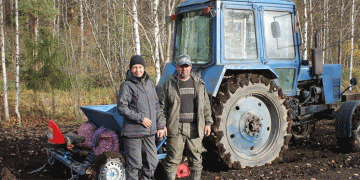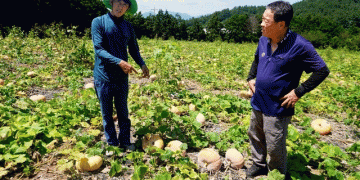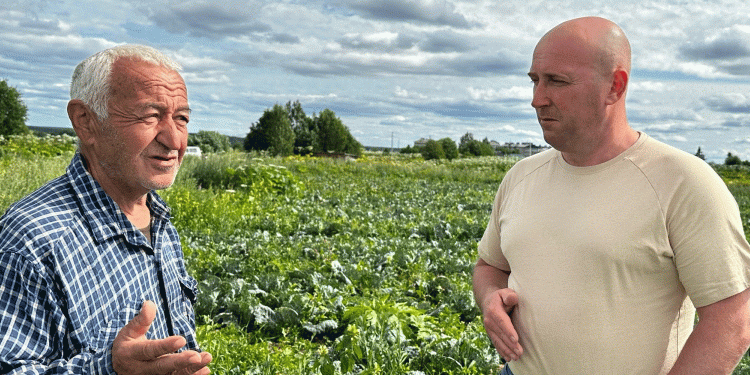Kamandar Mamedov, a 72-year-old agronomist from Vizings, demonstrates remarkable efficiency:
- Land: 7 hectares (equivalent to 10 football fields)
- Yield: 250 metric tons of cabbage (~35.7 t/ha, surpassing Russia’s avg. of 28 t/ha)
- Labor: Only 10 seasonal workers for transplanting; all other work done solo
- Markets: Direct sales in Syktyvkar and Ukhta via farmers’ markets
The Secrets Behind His Success
- Hybrid Cultivation System
- Starts seedlings in greenhouses (extending growing season in Komi’s short summers)
- Transplants to open fields when temperatures stabilize
- Precision Farming Techniques
- No mechanization: Hand-weeding and harvesting reduce damage (<5% loss vs. 15-20% with machines)
- Crop rotation: Former potato/beet fields now enrich cabbage soil
- Economic Model
- Direct-to-consumer sales: Avoids middlemen, capturing 92% of retail price
- Subsidy eligible: Qualifies for Komi’s 10,000 RUB/ton potato subsidy (though cabbage isn’t covered)
Komi’s Agricultural Landscape
| Statistic | Value |
|---|---|
| Smallholdings (LPH) | 70,000 |
| 2025 Subsidy Pool | 1.31M RUB |
| Avg. Farm Size | 1.2 ha |
Challenges & Innovations
- Climate: Komi’s 90-day growing season demands greenhouse starts
- Labor: Most farmers rely on family help; Mamedov’s solo approach is exceptional
- Policy Gap: Subsidies favor potatoes over brassicas despite equal nutritional value
Global Context
- Japan: Similar micro-farms produce 40 t/ha with intensive intercropping
- Netherlands: Professional smallholders achieve 50+ t/ha but with heavy automation
The Power of Focused Micro-Farming
Mamedov’s operation proves that:
✓ Specialization beats diversification at small scale
✓ Direct marketing compensates for lack of economies of scale
✓ Government support could unlock more potential if expanded to other crops
His model offers a blueprint for aging farmers in rural areas to maintain productivity without large teams or debt-financed equipment.
